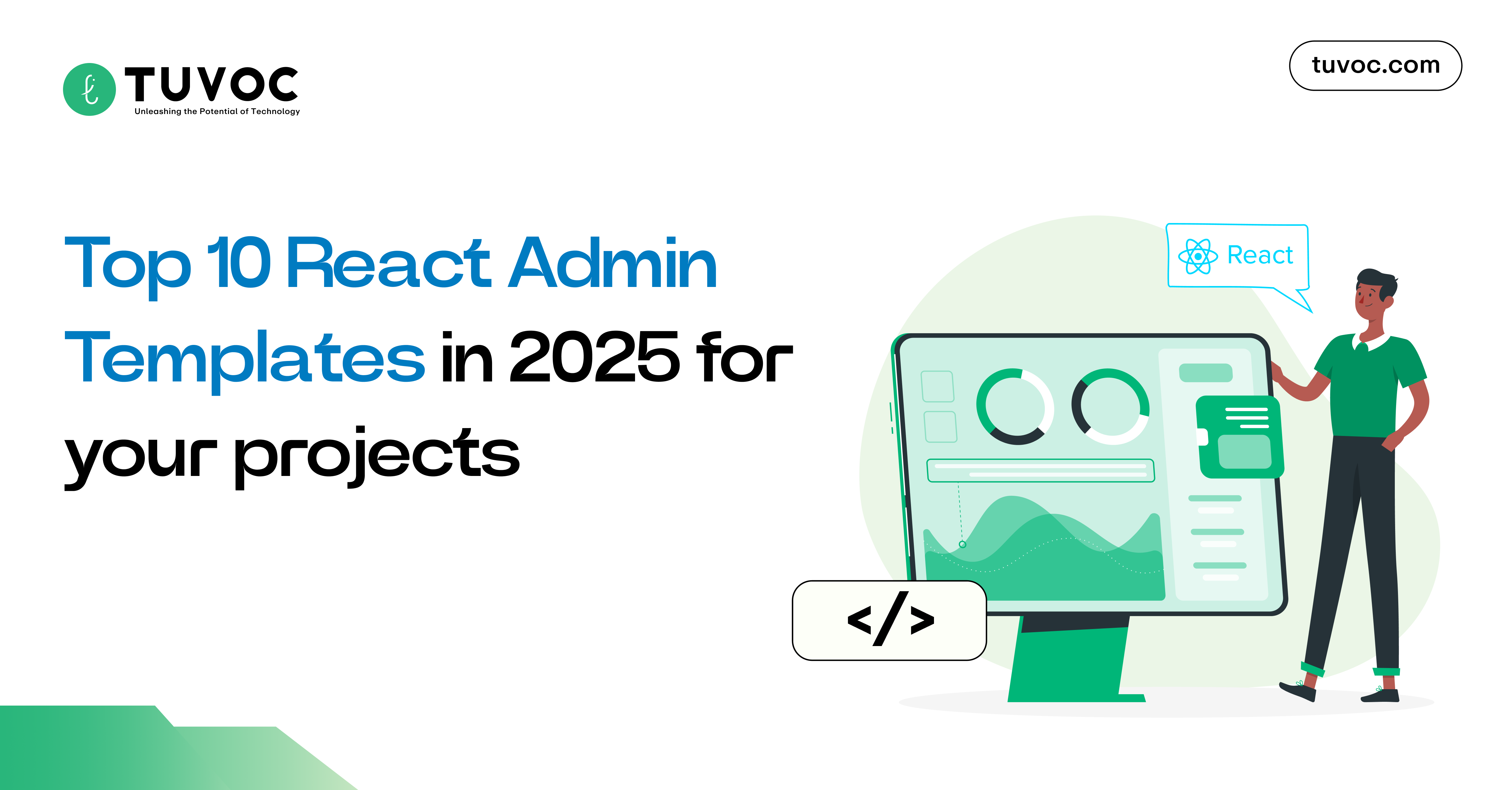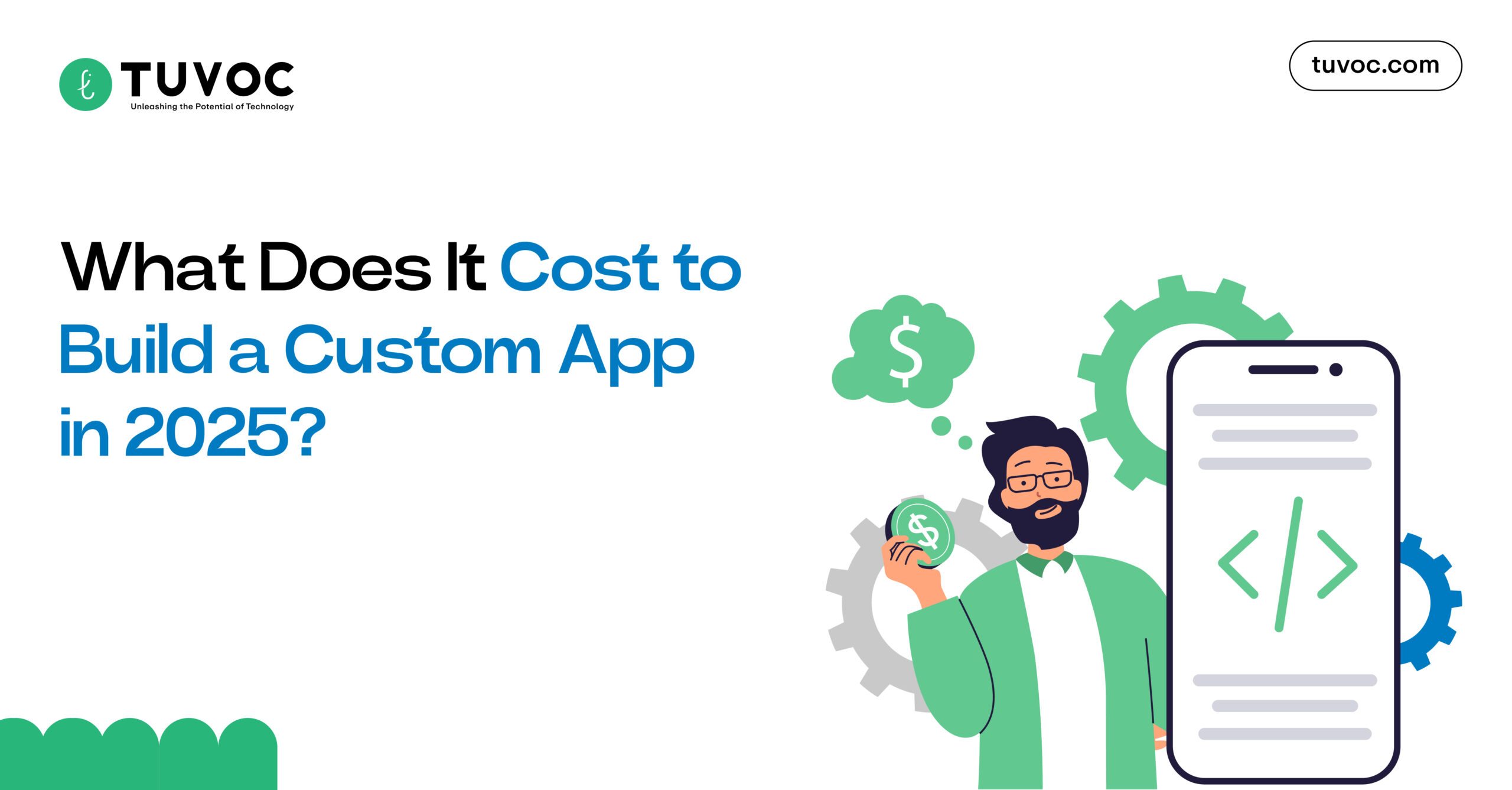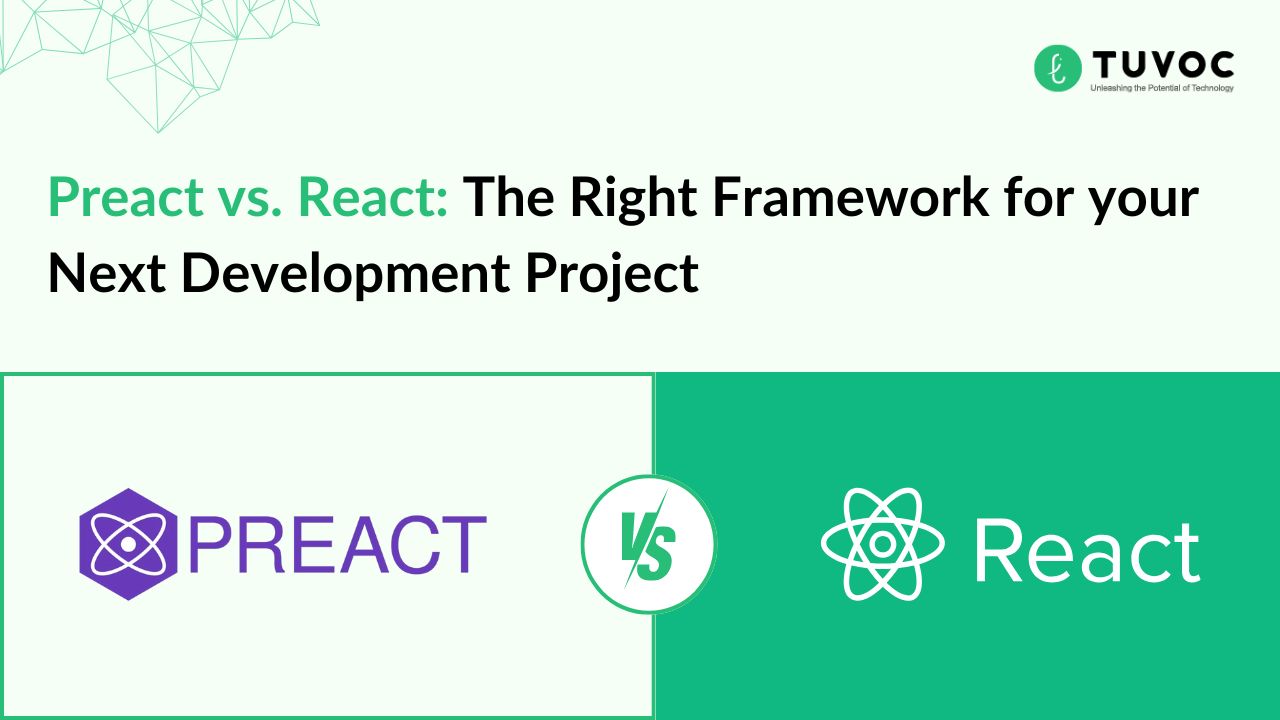A Complete Guide to the Application Development Life Cycle
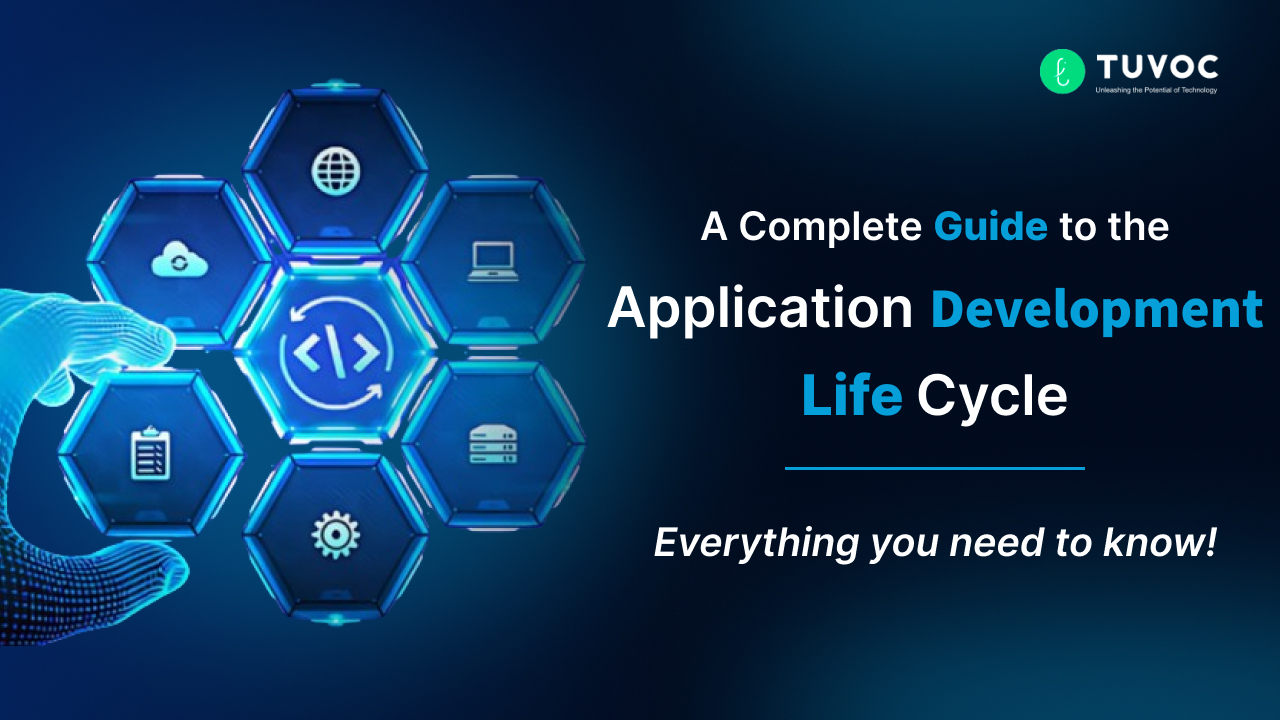
The mobile app market is expected to grow significantly, with downloads expected to reach 270 billion by 2025 and a market volume of US$781 billion by 2029. However, the high stakes of competition, user preferences, and retention challenges necessitate careful planning in your low-code app development.
Understanding the mobile application development life cycle (ADLC) helps set expectations and prepare for challenges. Tuvoc Technologies focuses on a secure ADLC to meet user needs, create user-friendly interfaces, and address issues before app launch for better satisfaction and retention.
What is an Application Development Life Cycle?
An Application Development Life Cycle is a process in application development whereby the process of developing Custom software applications takes place in an ordered manner, from creation to deployment and onto subsequent stages. The ADLC refers to a succession of phases that offer a blueprint or roadmap regarding how every step of the development process should be carried out. Conventionally, the following are the stages in the ADLC:
- Initiation of Project: Establishing the vision and scope of the project.
- Requirement Analysis: It involves the collection of user and system requirements.
- Planning: This entails coming up with a more detailed project roadmap, especially with timelines and resource allocation.
- Prototyping and Design: It comes up with wireframes and UI/UX designs.
- Development: The actual coding and implementation of the application.
- Testing: This is where different tests are conducted in the search for problems and sorting them out.
- Deployment and Maintenance: It is where the application is launched and maintained for there to be continuous support and updating.
All of these have a specified goal and relate to the application’s success as a whole.
Why is the Application Development Life Cycle Important?
The Application Development Life Cycle is important for several reasons:
- Structured Approach: It offers a structured approach to handling complex projects, so all the necessary steps are followed systematically.
- Risk reduction: Potential risks are identified at the beginning of the process. Teams can take proactive measures to mitigate issues before they escalate, leading to fewer setbacks.
- Good Quality: A clear ADLC has quality at every phase of the project, such as gathering requirements, testing, and others, thereby having a more reliable application and user-friendly.
- Effective Communication: The ADLC makes sure that all stakeholders developers and designers communicate more effectively and align with their project goals.
- Optimized Resource: Strategic planning in ADLC helps in the effective usage of resources by minimizing the wastage of time and budget.
- Higher ROI: With a structured life cycle, the business will have the chance to deliver a product that is successful in the marketplace and meets user needs, which will increase returns on investment.
- User Satisfaction: The final product delivered through the ADLC process should align with user expectations. It will enhance user satisfaction and engagement with the application.
7 Stages of Application Development Life Cycle
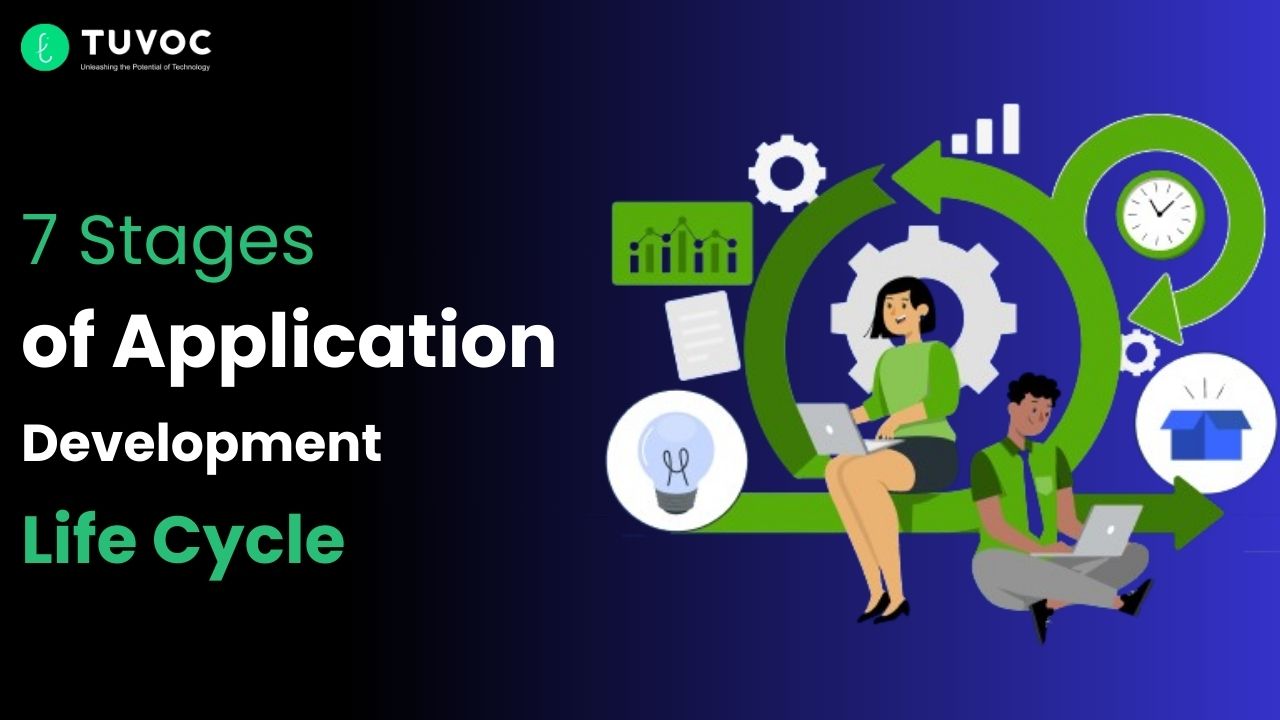
1. Idea and Conceptualization:
The very first step is to have a fantastic idea that culminates in the conceptualizing of the idea. All that this stage does is brainstorm about the concept. Major considerations to be made at this stage involve:
- Identification of the problem: What problem does it solve? Knowing this will enable you to guide your entire development process.
- Target Market: Define your user personas to understand their needs and wants.
- Market Research: Competition and market trends to identify openings.
2. Planning:
Planning happens after your idea has crystallized. This stage is a blueprint for your application. Key areas include:
- Features definition: What functionalities does the app offer? You prioritize the most important ones to be included in the MVP.
- Roadmap creation: Timelines, milestones, and resource allocation
- Selection of technology stack: Platform (iOS, Android, web) and technology use.
3. Design:
Design is where your application takes shape. It involves developing a user-friendly interface and an engaging experience. Some of the activities are as follows:
- Wireframing: Sketching out the app’s layout to visualize the user journey.
- UI/UX Design: Developing high-fidelity designs in line with the user’s expectations and brand identity.
4. Development:
This is the phase where your ideas come to life. The development process will normally include:
- Front-end development: It deals with how the application would look with visual elements that engage the users.
- Back-end development: The server installation, database configuration, application logic.
- Integration: Putting all parts together in unison. The integration doesn’t stop here. This needs to include all third parties as well.
5. Testing:
Testing is integral to your application. So, before it’s open to the world, bugs can be fixed by Quality assurance and testing. The main testing are:
- Functional testing: Determines if everything functions according to the application requirements.
- User testing: Gives the required feedback about user experience.
- Performance Testing: Check how your app will perform in various scenarios.
6. Launch:
Once you have tested the app, it’s launch time. This phase includes the following:
- Pre-Launch: Finalize your marketing strategy and promotional materials
- Deployment: Upload your app to the desired platforms like the App Store and Google Play
- Post-Launch Monitoring: Track user reviews and metrics
7. Maintenance and Updates:
Work doesn’t stop after launching an app. Long-term success would require continuous maintenance. Some important activities are:
- Bug fixes: correct the bugs found post-launch.
- Update: this app is always updated by adding new features and functionalities as users send their responses.
- Engagement of user: the updates and the new features can be told to the user so that the user stays engaged with the app.
Conclusion:
Understanding and implementing a structured Application Development Life Cycle is vital for the success of any software project. By following the outlined stages and leveraging the right tools and models, businesses can enhance their development processes, reduce risks, and ultimately deliver high-quality applications.
Ready to kickstart your app development journey? Contact Tuvoc Technologies – a Mobile Development Company in India today to explore how our expertise in custom software development and low-code app solutions can help you achieve your goals! Let’s create something extraordinary together!
FAQs
This is an organized design of app development, in which all phases are adopted and risks can be caught early.
Each stage’s duration depends on the project’s complexity. For example, smaller applications may require only a few weeks to complete, whereas larger ones may take months.
Testing identifies and removes bugs before the application is released, therefore it works fine and fulfills the users’ expectations.
Post-launch stages are more about maintaining an application, fixing bugs, and updating features, in the long run, with frequent user interaction to retain users’ interest.
